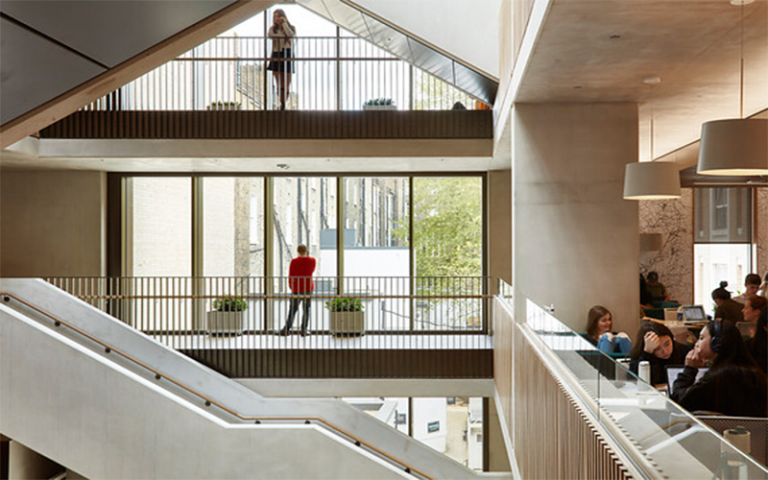Ten top tips for post-pandemic resi
29 January 2021
Professor Yolande Barnes discusses how developers and investors can respond to increasing demand for home workspaces - Housing Today

Throughout history, pandemics have had a profound effect on real estate. The effects of the Black Death in the mid 14th century included an end of feudal land ownership and the rise of the Yeoman farmstead. The last great plague of London in 1665 was as instrumental as the fire of the subsequent year in changing demand for housing to less crowded, brick-built suburbs in the fields of Westminster. The Cholera epidemics of early Victorian London sparked the first slum clearances and model housing, designed as much to stop the spread of disease as to alleviate the living conditions of the poor.
Some of the strange new behaviours that we have adopted over the last year as a result of Covid-19 will, hopefully, not be permanent but others will have as much potential to change real estate as the plagues of the past. History tells us that people always return to the city to be with other people. Theatres, taverns and other cultural attractions and hospitality seem as likely to re-open when Covid ceases to be a threat as they did after past pandemics. But the working and living patterns that we thought normal in the 20th century may be more fundamentally disrupted.
Where the behavioural changes of Covid make more of a lasting difference is where they catalyse or accelerate trends and changes that were already in train. We were already familiar with the disruption to standard format retailing that e-tailing was wreaking pre-pandemic. Covid has showcased the benefits of online shopping to more people and has grown that industry more quickly than might otherwise have been expected – with all the real estate implications that entails. In a similar way, Covid has showcased the benefits of remote working to more employees and employers than would have been possible without it. In doing so, it has highlighted more clearly than ever why we need corporate workplaces (for face to face communication, for teaching and learning, camaraderie and culture) and also why we need home workspaces (for focussed, productive, concentrated work). It may also have highlighted the need for a third, community, collective workspace (for camaraderie, good broadband, clients and creativity, no kids and no commute). New technologies were already enabling these changing work-patterns but Covid has accelerated them significantly and in ways that the real estate industry must not fail to ignore.
Potential changes in working environments have changed, and will continue to change demand for housing as well as offices. This ranges from the quality of space (unpolluted, light, airy, varied, with gardens) where people will spend more of their working day to its quantity and location (outside conventional commuter zones, places with good broadband, space for workstations for all members of the family). Investors, mortgage lenders, developers and landlords of all types will need to inform their decision making differently. Here are ten tips that might help:
 Close
Close

